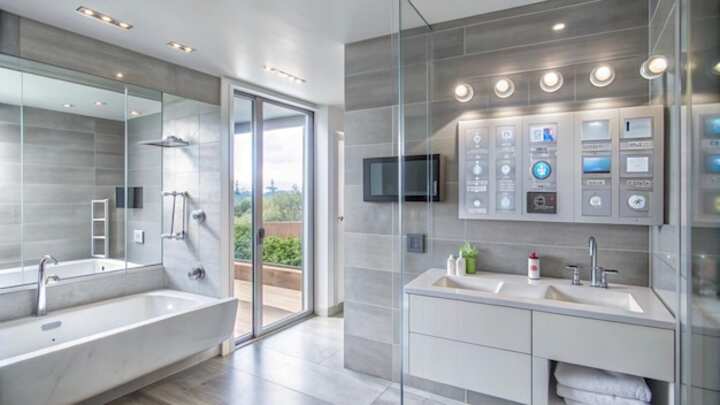
Essential Tips for Basement Bathroom Plumbing Renovation
Renovating a basement bathroom can be a rewarding project that adds value and functionality to a home. However, it presents unique challenges, particularly with plumbing. Proper planning and execution are essential to avoid costly mistakes and ensure the bathroom is both efficient and safe. This article will provide essential tips for tackling a basement bathroom plumbing renovation, considering aspects like layout planning, moisture control, and choosing the right fixtures.
Planning the Layout
Before starting any renovation project, planning the layout of the bathroom is crucial. A well-thought-out design will make the best use of available space and ensure that plumbing systems are installed efficiently.
- Evaluate Existing Plumbing: Identify the current plumbing system's layout, including the location of water supply lines and drain pipes. This can help in deciding where to place new fixtures.
- Consider Accessibility: Ensure the bathroom is accessible and functional for all users by considering universal design principles. Learn more in this detailed guide.
- Space Utilization: Make the most of limited space by using compact fixtures and a smart layout that maximizes the room's functionality.
Addressing Moisture Concerns
Basements are prone to moisture, which can lead to mold and mildew if not properly managed. Addressing these concerns is vital during a basement bathroom renovation.
- Install Proper Ventilation: Ensure the bathroom has adequate ventilation to prevent moisture buildup. Consider installing an exhaust fan to efficiently remove humidity.
- Waterproofing: Use waterproof materials for floors and walls. Waterproofing membranes can provide an added layer of protection against potential leaks.
- Sump Pump Installation: If the basement is prone to flooding, installing a sump pump can help manage excess water and protect the bathroom from water damage.
Choosing the Right Fixtures
Selecting appropriate fixtures is another critical aspect of a successful basement bathroom renovation. The right fixtures not only enhance the bathroom's aesthetics but also ensure efficient water use.
- Low-Flow Toilets and Faucets: Opt for water-saving fixtures to reduce water usage and bills. Find additional information here.
- Compact Designs: Choose fixtures that fit well within the space without overwhelming it. Wall-mounted sinks and toilets can be effective in small bathrooms.
- Quality Over Price: While budget is important, investing in high-quality fixtures can save money in the long run by reducing the need for repairs and replacements.
Understanding Plumbing Codes and Permits
Compliance with local plumbing codes and obtaining the necessary permits is essential for a legal and safe renovation.
- Research Local Codes: Familiarize yourself with the plumbing codes in your area to ensure your renovation meets all legal requirements. Explore further insights here.
- Obtain Permits: Contact local authorities to determine which permits are necessary before starting the renovation.
- Professional Assistance: Consider hiring a licensed plumber to ensure all plumbing work complies with regulations and is completed to a high standard. Read more about this topic.
Conclusion
Renovating a basement bathroom involves careful planning and attention to detail, especially concerning plumbing. By planning the layout effectively, addressing moisture issues, selecting the right fixtures, and adhering to plumbing codes, homeowners can create a functional and aesthetically pleasing bathroom that adds value to their home. With these essential tips, you can approach your basement bathroom renovation with confidence and ensure a successful outcome.